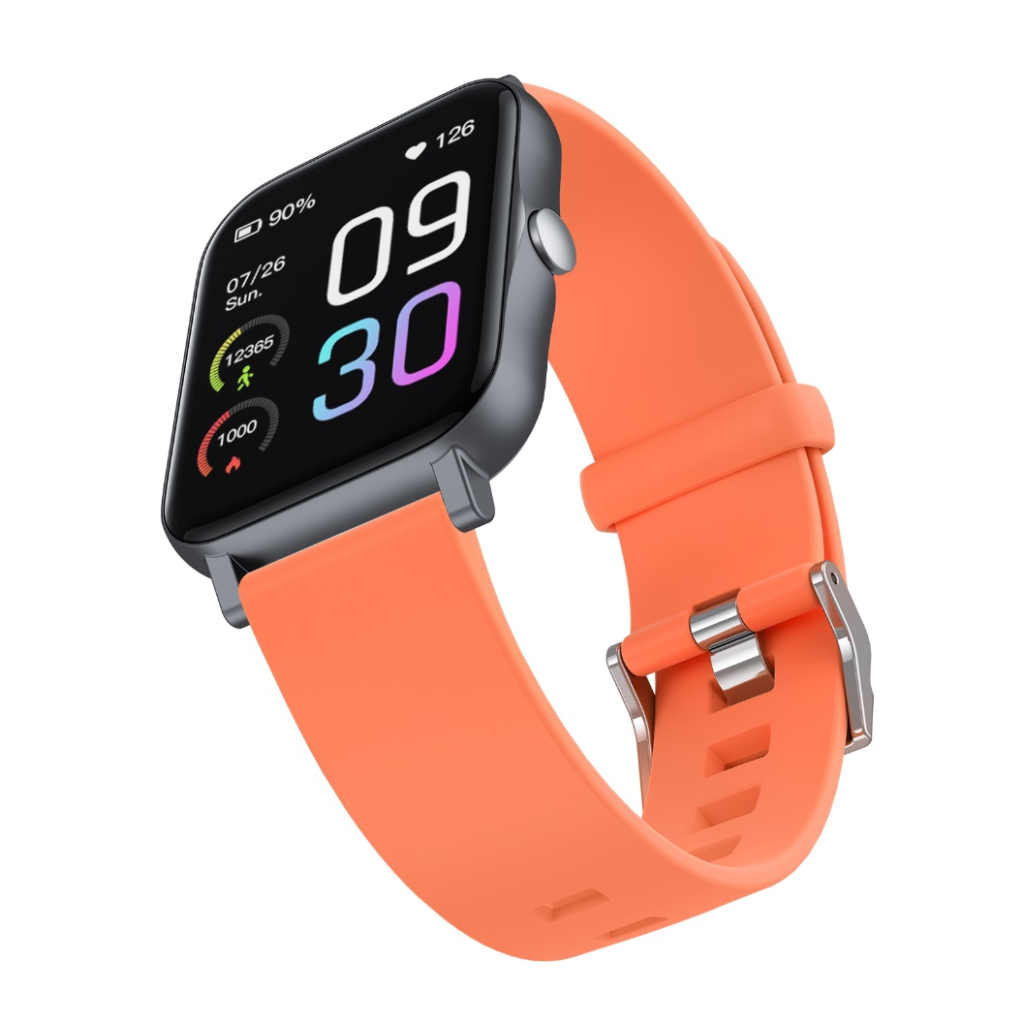In today’s world where digitalization and technology thrive, we witness a continuous evolution of gadgets that have become quintessential parts of our daily lives. One such device that has successfully revolutionized our lifestyle is the smartwatch.
These wrist-worn devices, seemingly compact, contain more power and functionality than one might imagine. But have you ever wondered about the role of memory in your smartwatch? This unseen component silently contributes to the extraordinary abilities of this tiny gadget, ensuring a seamless user experience.
Today, we take a deep dive into the world of smartwatch memory – an unsung hero that powers your wearable tech.
Memory: The Cornerstone of Smartwatch Functionality
We all appreciate the versatility of smartwatches, from tracking fitness metrics to mirroring notifications from our smartphones, but the core of these diverse functionalities lies in the smartwatch’s memory. This section will explain the central role of memory in smartwatches, facilitating various features and applications.
Data Storage
Memory is where your smartwatch stores all its data, including the operating system, apps, and user-specific data like health metrics and personalized settings. It’s like the smartwatch’s personal library of information, ready to be accessed at any moment.
Enabling Multitasking
Smartwatch memory is crucial for multitasking. When you switch between apps, for instance, from a fitness tracker to a message notifier, it’s the memory that allows these apps to run simultaneously. The larger the memory, the smoother and more seamless the multitasking experience.
Fast Access to Information
The memory facilitates quick and efficient access to information. This is why you can get real-time updates on your heart rate or check your messages instantly. It’s the memory that stores this data and makes it readily available.
Supporting Offline Use
In cases where your smartwatch is not connected to your smartphone or the internet, the memory supports offline use by storing necessary information. This allows features like music playback or GPS navigation to function without needing a constant connection.
Power Management
Efficient memory usage can contribute to power management in smartwatches. Since these devices often have a limited battery life due to their small size, how the memory stores and accesses data can significantly impact power consumption.
Upgrades and Updates
Memory also plays a crucial role when it comes to software updates or adding new features. These updates are temporarily stored in the memory before they’re installed, which means having sufficient memory is necessary to keep your smartwatch’s software up to date.
User Experience
Last but certainly not least, memory plays a pivotal role in the overall user experience. A smartwatch with efficient memory management will perform better, provide faster response times, and offer a more seamless user experience.
Flash Memory: The Ideal Choice for Smartwatches
Flash memory is one of the most commonly employed types of memory in smartwatches. Its ability to retain data without a constant power supply, coupled with its fast read and write capabilities, make it an excellent fit for wearable devices. In this section, we will delve into the specifics of flash memory and its benefits.
Non-Volatile Storage
Flash memory is a non-volatile storage medium. This means it retains stored data even when it’s not powered, making it perfect for smartwatches that may not always be on or connected to a power source. Your data remains safe and accessible even if the battery dies.
Speed
Flash memory boasts fast read and write speeds, enabling quick data access and efficient functioning of apps and features on the smartwatch. This leads to an overall smoother and more responsive user experience.
Durability
Unlike mechanical hard drives, flash memory has no moving parts, making it less prone to damage from physical shock or vibration. This is crucial for smartwatches, which are often exposed to various physical activities.
Energy Efficiency
Flash memory consumes less power compared to other forms of memory. This characteristic is vital for smartwatches, where preserving battery life is a top priority.
Compact Size
Flash memory chips are small and lightweight, a necessary trait for fitting into the compact design of smartwatches without adding bulk or weight.
High Capacity
Despite its small size, flash memory can store a substantial amount of data. This allows smartwatches to house numerous applications, music files, fitness data, and more.
Data Integrity
Flash memory has a high tolerance for extreme temperatures and magnetic fields, ensuring data integrity under various conditions. This is particularly important for wearable devices like smartwatches, which are exposed to different environments.
Capacity Considerations: How Much Memory Does Your Smartwatch Need?
When it comes to smartwatches, size does matter – but we’re talking about memory size here. The memory capacity directly impacts your smartwatch’s performance and the number of apps it can handle. This part will discuss the different memory sizes available in the market and help you make an informed decision about what suits your needs the best.
4GB: This is the base level of memory that most budget-friendly smartwatches offer. It provides enough space for essential apps, some music, and data storage. However, the multitasking capabilities might be somewhat limited.
8GB: This offers a bit more room to play with. You can install more apps, store more data and potentially have a slightly smoother user experience. It’s a popular choice for mid-range smartwatches.
16GB: A step up from 8GB, this memory size offers even more storage for apps and music. The larger memory can also support better multitasking and overall performance. High-end smartwatches often start with this memory size.
32GB and Above: Typically found in the most advanced and premium smartwatches, these offer plenty of storage for numerous apps, extensive music libraries, and data. These devices can handle multiple tasks with ease, offering a high-performance user experience.
Conclusion
The world of smartwatch memory is a fascinating one, even more so when we recognize its importance in our wearable tech. It’s an invisible powerhouse that dictates the performance, speed, and capabilities of our smartwatches.
As we move forward, embracing technological advancements, our smartwatches are bound to become even smarter, faster, and more reliable. Therefore, understanding the ins and outs of smartwatch memory becomes crucial not just for tech enthusiasts, but for any smartwatch user. After all, it’s the tiny giant that powers your wrist tech.


